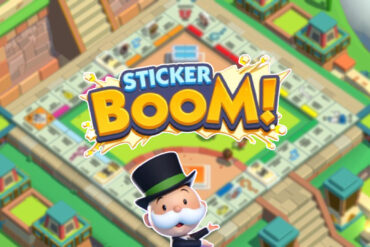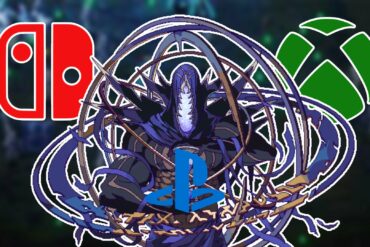This is an oddly celebratory year in terms of video game RPGs. Chrono Trigger turned 25 this year. Chrono Cross turned 20. Dragon Quest VII also turned 20. I’m sure there are many, many other landmark moments in video game RPG history that I am missing. So, in celebration of all this, here is my Top 10 List of Video Game RPG Classes.
Not every video game RPG out there has an integral class or job system. Some just assign you a bunch of characters with their own inborn stat growth that you work with. And this is fine. It definitely allows you to get a better handle on who the characters are and what they do. But others allow you to give you characters one of a variety of jobs and some even allow you to multiclass. This gives you the ability to customize your party for your playstyle. A good player will be able to use this system to min-max their characters and break the game in half. I, however, am bad at video games. Thus, this list is based entirely on classes I think are cool, or amuse me, not necessarily based on which ones are mechanistically the best.
So let’s dive in, shall we?
10. The Luminary (Dragon Quest VI)
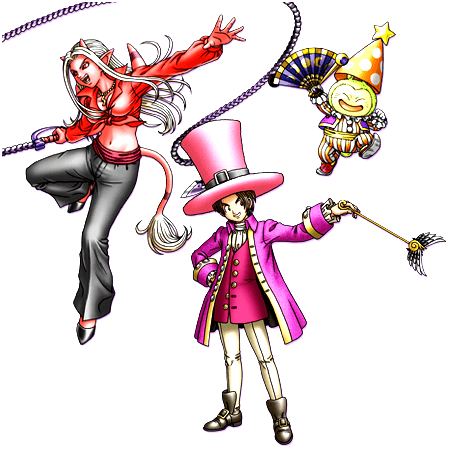
Fans of Dragon Quest XI may be giving me a funny look right now thinking “Isn’t that just the name for the main hero? And in Dragon Quest XI, this is true. However, this is not true with all the Dragon Quest games. Among the games with a job system, while there is a hero class, the Luminary isn’t it.
To give you a better idea of what the deal with the Luminary class is, perhaps I should give you its name from the PSX translation of 7:
The Teen Idol.
No, I am not making that up. The Luminary Class tends to be an advanced class in the Dragon Quest franchise, requiring mastery of several other classes beforehand. This includes classes such as the Gadabout and the Dancer. The result is a pop star who empowers their allies and befuddles their foes with the power of song, dance and an inimitable sense of style.
This is far from the wackiest class in the franchise, but it’s one of those things that illustrates Dragon Quest’s ability to not take itself too seriously.
9. The Red Mage (Final Fantasy)
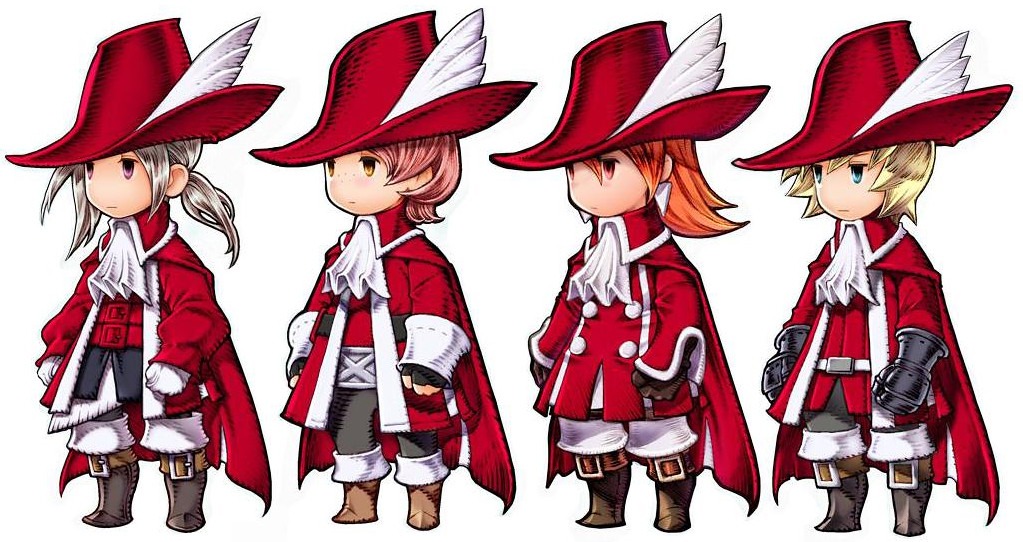
While the original Final Fantasy took definite notes from older editions of Dungeons and Dragons, it also wanted to set itself apart. One of the ways they did this was the magic of classes, particularly in Western Releases. Instead of the classes being “Mage” and “Cleric”, we got the attack-oriented Black Mage and the healing-oriented White Mage. We also got something that’s a little bit of both. Enter: The Red Mage.
The basic idea of the Red Mage is that they dabble in a little of everything. They can cast both White Magic and Black Magic but tend not to be able to learn as many of the powerful spells as one of the two specialists. In some of the games, they do also get better combat abilities than the other two.
While these jacks of all trades tend to wind up as a master’s of none, I do enjoy the versatility of them. And you’ve got to admit, they look stylish while doing it.
8. The Engineer (Mass Effect)
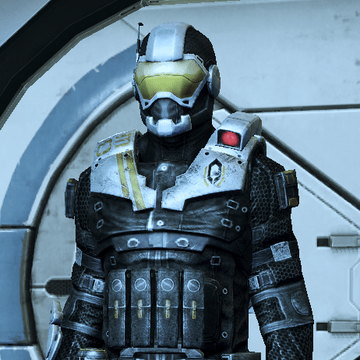
While various fantasy-based RPGs tend to draw from a similar stable of character classes, Mass effect is a little different. Mass Effect gave us three base ability sets, with different classes specializing in them to different degrees. My personal favorite is the Engineer.
While the Engineer may not be able to use as many weapons as the Soldier classes can and may not have the cool biotic abilities, the idea of a character taking on enemies with whatever technology they can cobble together really appeals to me. Blame my love of Star Trek for this one, but I will ALWAYS be fond of the Engineer class in this series.
7. The Merchant (Dragon Quest III)
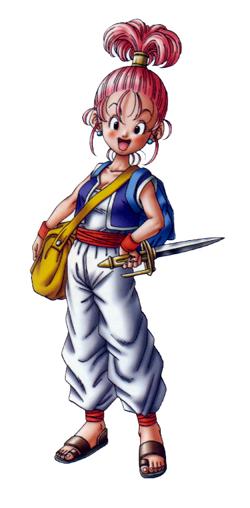
The Merchant is sort of an odd duck in the Dragon Quest franchise. It tends to not have great combat stats. So, why would you ever take one? Well, for one thing, it is the one class aside from the Hero that is required to beat the third game. It also comes with a lot of utility outside of combat. Depending on the particular game, Merchants can get you more money in combat, appraise goods for free for you, summon shops for you when you’re out in the wild or haggle with shopkeepers. All of this can be incredibly useful to the adventurer on the go.
But more than that, the reason that the Merchant appeals to me so much is that the Merchant shows you don’t have to be a great warrior or wizard to be a hero. Whatever skills you have can be used to help save the day in the right circumstances. All it takes is the desire to do the right thing.
And the fact that Torneko Taloon, one of my favorite characters in Dragon Quest 4, happens to be a merchant certainly doesn’t hurt things either.
6. The Summoner (Final Fantasy III)
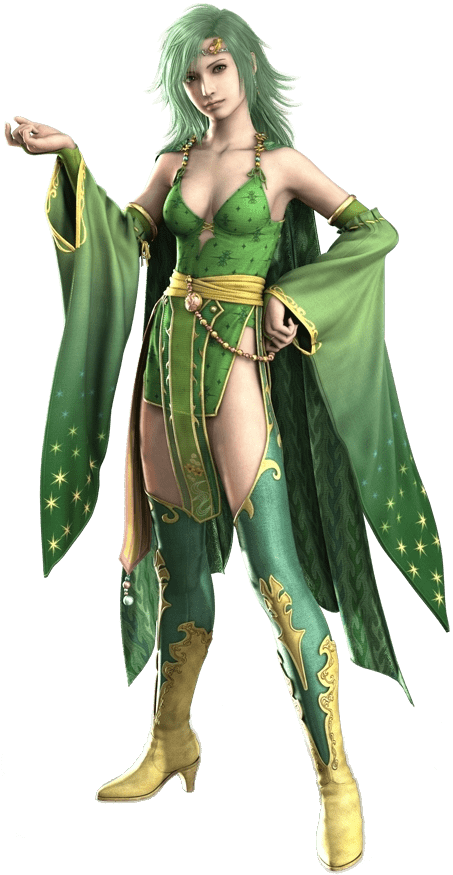
The first Final Fantasy game that I really got into was Final Fantasy VIII, which came out in my early teens. Those of you familiar with that game know important the summons are in that particular entry in the series. But even in others, the ability to summon gods, demons and monsters tends to be an integral part of the lore.
When I first saw Leviathan in the demo of Final Fantasy VIII, I was immediately captivated by that aspect of the franchise and lore. I adore the Summoner as a class and am always glad to see the mechanic show up in the games. I’m doubly thrilled when it winds up being a core part of the plot. I always get giddy trying to see which summons get included in each entry of the series.
5. The Dragoon (Final Fantasy II)
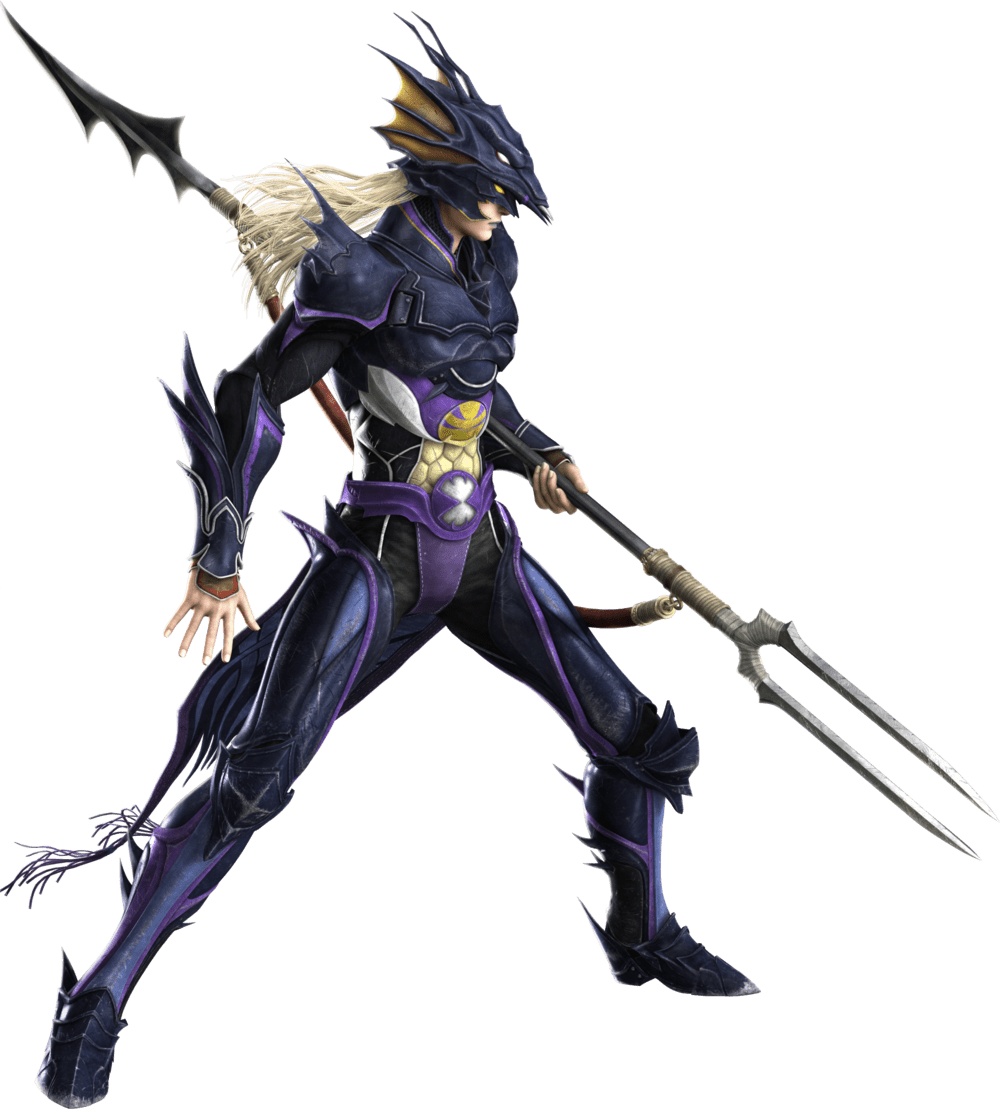
A lot of RPGs have trouble creating characters who specialize in beating other guys up. Even Dungeons and Dragons had trouble with this for a long time. In a lot of games, you just have a vanilla Fighter or Knight and everyone else has some form of magic.
Final Fantasy, however, managed to have a little imagination when it comes to making characters who hit really hard. My personal favorite of these is the Dragoon. Known as the Dragon Knight in Japan, the Dragoon tends to wear light or medium armor and is armed with a large spear. Their main ability is jumping high into the air and skewering the enemy from above for extra damage.
The Dragoon is very much a “when all you have is a hammer” class, but it does its one thing very well and manages to look cool doing it. If I had to pick a Final Fantasy class for myself, I would probably go with the Dragoon.
4. The Apothecary (Octopath Traveler)
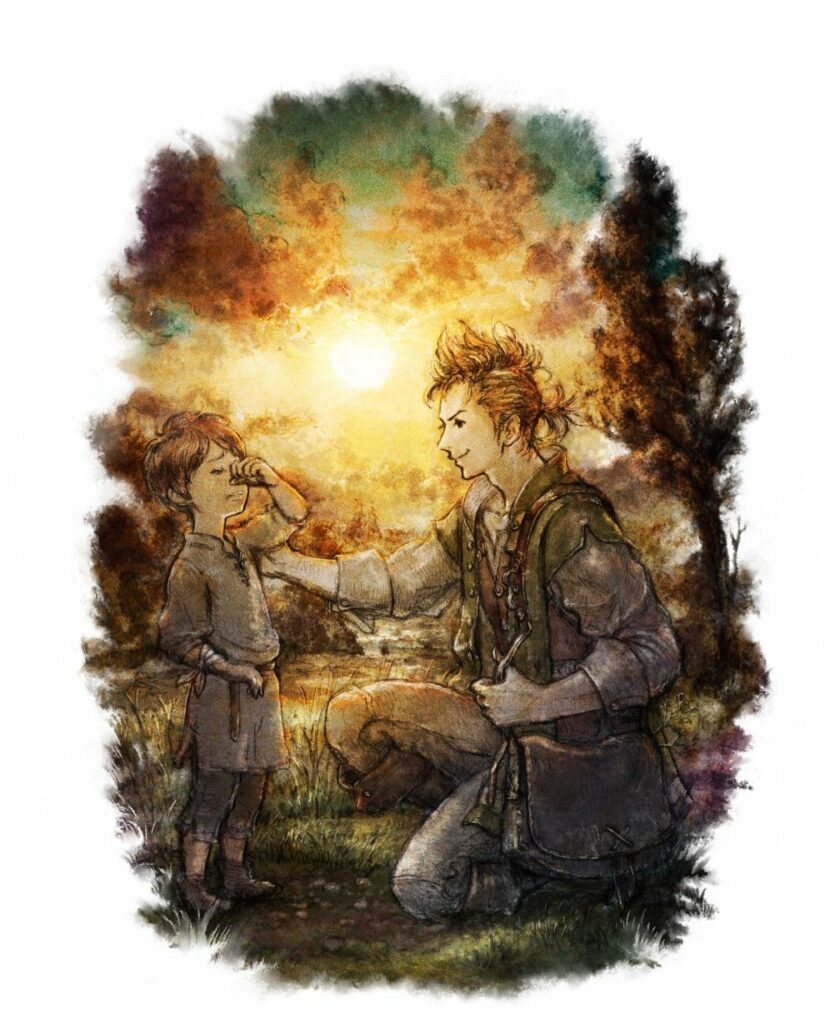
When I first booted up Octopath Traveler, I wound up choosing Alfyn as my starting character on a coin toss. I was expecting that his main utility, as a traveling doctor, would be his ability to heal his fellow party mates. I was very wrong.
The Apothecary in Octopath brings together elements of different classes from a variety of games. Sure, it gains some healing abilities, particularly the ability to cure a variety of status effects. But Alfyn, specifically, comes with the Concoct ability. This allows him to combine a variety of random ingredients in battle, resulting in a variety of effects. If you happen to know what each ingredient does, suddenly the game gets a lot easier. If you need to be able to heal massive amounts to the entire party on the fly or break through the defences of an enemy? There’s a concoction for that. An expert at Concoct can get through Octopath with very little trouble.
The Apothecary Class tends to get a lot of health and a decent amount of physical attack. Along with some very nasty skills involving the use of an axe. It turns out there were very few problems that couldn’t be solved with judicious use of axe-based surgery during combat.
Ultimately, the Apothecary combines elements of a Fighter or Paladin with a Chemist from Final Fantasy or an Artificer from Dungeons and Dragons. And I love it.
3. The Armamentalist (Dragon Quest VI)
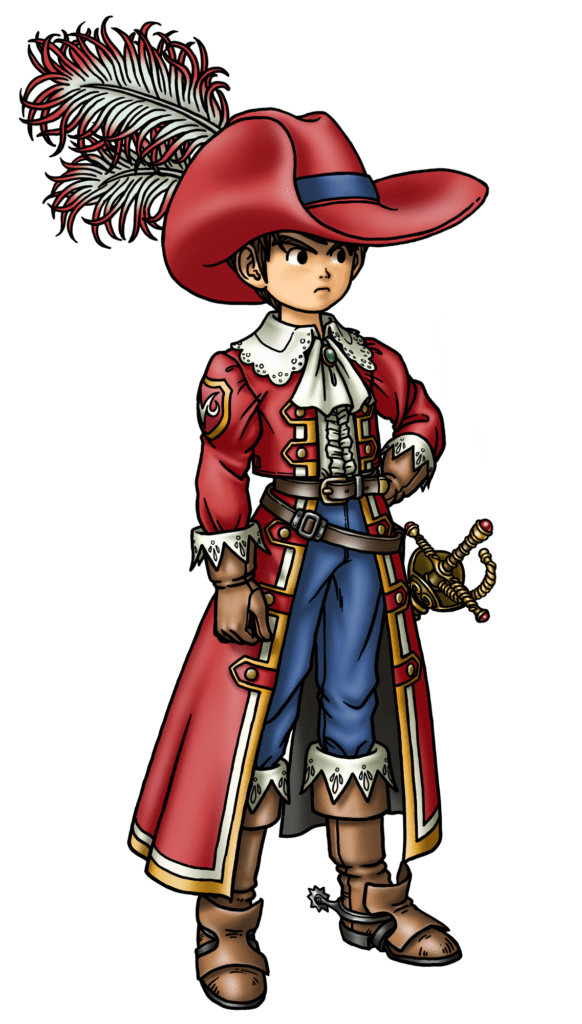
The Dragon Quest franchise has a tendency to divide its vocations between base ones and advanced ones. The advanced ones require you to master a certain combination of the base classes in order to unlock them. They tend to have better stat growth and higher tier abilities in the games. My absolute favorite of these is the Armamentalist.
Combining the abilities of the Warrior and Mage, the Armamentalist gains the ability to charge their weapons (and sometimes those of their party members) with various elemental energies, allowing them to exploit elemental weaknesses. Some versions of the class also gain some good spellcasting capabilities as well. Whereas the Red Mage from Final Fantasy tends to be the Jack of All Trades and Master of None, the Armamentalist (particularly in Dragon Quest 6) is the Jack of All Trades, Master of All.
Add to that the Musketeer Aesthetic that Dragon Quest IX has permanently associated with the class and not only do you get one of my favorite classes in the Dragon Quest series, but one of my favorite RPG classes of all time. In fact, my reaction when I first opened the Dungeon and Dragons Fifth Edition Players Handbook and saw that the Eldritch Knight was a thing was, “Oh boy! I can make an Armamentalist in a tabletop game!”
2. The Monster (The Final Fantasy Legend)
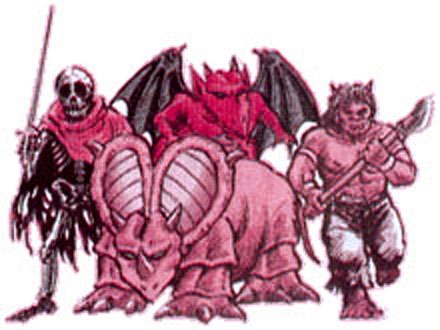
Final Fantasy Legend is an odd duck. For one thing, it’s not actually a Final Fantasy game, but an entry in the SaGa series. It’s also a relatively early Game Boy game, which means it’s at least partially programmed with chewing gum and a prayer. The plot and writing are bare-bones and the difficulty is insane. The character stat progression is not like most other RPGs and it is very easy to get yourself stuck in a difficult position. But when the game is running on all cylinders, it is brilliant.
In the first Final Fantasy Legend game, your character can either be a human, a mutant or a monster and how their stats progress and how they gain abilities, depends on which one of those they are. And by far, the one that is the wildest ride is the Monster.
During character creation, you can choose from a couple of potential monsters for your Monster Character. They will come with certain stats and built-in abilities that won’t really change if you do nothing. But sometimes, after combat, a slain enemy will drop a piece of meat.
And this is where the fun begins. Because when your monster character consumes a piece of meat, it will change into an entirely different monster. This depends on the meat it is consuming and the type of monster it currently is. Unless you have an amazing working knowledge of the mechanics of the game and of the various tiers of monster, you will more than likely be unpredictably Kirby-ing your way through the game. It is chaotic, challenging and a whole lot of fun.
1. The Metal Slime (Dragon Quest VI)
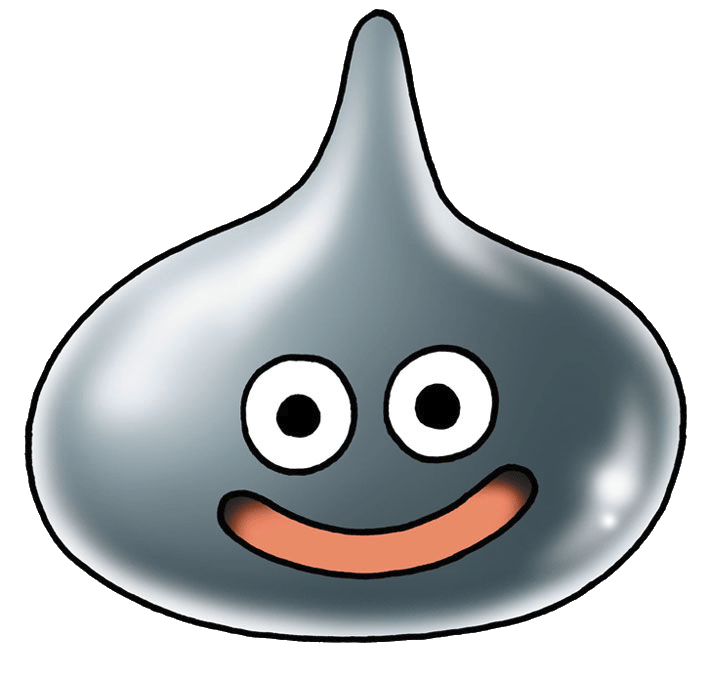
Most of the classes in Dragon Quest are based on fantasy archetypes to some degree. Some of the games that have a job system decide to have a little fun, by adding some special Monster Classes you can unlock. These special monster classes tend to be a little trickier to unlock but give some very special bonuses.
The monster classes that tend to be game-breaking and the hardest to unlock are the two Metal Slime based classes: The Liquid Metal Slime in Quest 6 and the Platinum King Jewel in Dragon quest 7.
At first glance, these two classes don’t look good. While you get a boost in your agility, your other stats tend to be decreased. So why would you ever want to go for these? Well, how about the chance to be indestructible?
Much like the monsters that they are based on, mastering the Metal Slime classes comes with a lot of damage and elemental resistances. Basically, if you have a fully realized Metal Slime in your party, that party member never has to worry about damage ever again. Players can finally make all the monsters weep and gnash their teeth in frustration at having to deal with an utterly obnoxious and indestructible foe.
While these may be my favorite Video Game RPG classes, I obviously haven’t played every game out there. Do you have some favorites? Is there a job you feel like I’ve unfairly left off the list? Feel free to let us know in the comments section!


